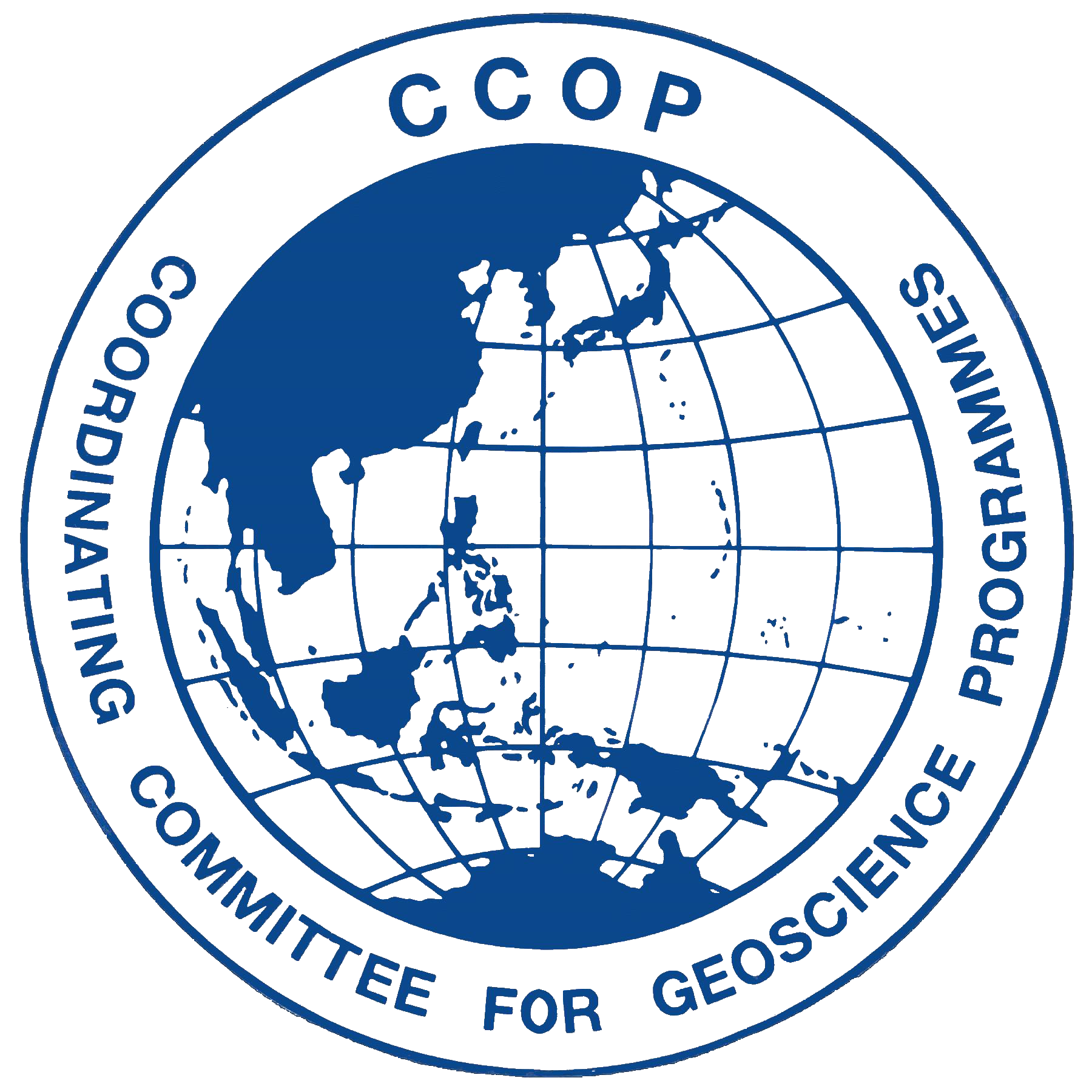Debris Flow in Peninsular Malaysia - Case Study on Sungai Kupang Debris Flow, Kedah
Keywords:
Debris Flow, Sungai Kupang, Debris Flow Geological Hazard MapAbstract
Kampung Iboi and several villages downstream of Sungai Kupang, Baling, Kedah were hit by a debris flow and mud flood on 04 July 2022. The disaster claimed the lives of three people, destroyed 17 houses and affected 3,546 residents with losses estimated at RM25.91 million. The flooding that hit Kampung Iboi had high destructive power became the main cause of death, and the bridge to be washed away with several houses completely destroyed along the route. With the calculated amount of debris dumped along the river channels, from landslides to mud flow area of 7.25 million m3 , the quantity of water capable of transporting debris is estimated at 11.23 million m3 . Considering the area of the sub-basin receiving high intensity rainfall of around 10 km2 , rainfall in mountainous areas is estimated at 290 mm/hour.
Result from site investigation show that the disaster area can be divided into four zones; namely the landslide zone, the debris flow zone, the debris flood zone and the mud flood zone. A total of 59 large (>5000 m2 ), medium (1000-5000 m2 ) and small (<1000 m2 ), landslides were identified with a total landslide mass volume of 276,038 m3 . The landslides zone occurs on slopes with an average angle of 30°-35° in the upstream areas which is covered by secondary forest. In the debris flow zone, material consist of the rock blocks (2.0 m to 5.0 m), tree trunks, sand, silt and mud were deposited forming deposits with a thickness of 3.0 m and a cumulative volume of 2,589,021 m3 . The debris flood zone is characterized by materials such as tree trunks, sand, silt and mud that were deposited in areas which is less than 5º slope. The length of this zone reaches up to 6.0 km with an average thickness of debris of about 1.6 m and a volume of 3,275,467 m3 . Mud flood zone was occurred as far as 5.3 km away from the slope with flood height ranging from 0.2 m to 2 m, covering an area of 150 m to 680 m in width. It is estimated that the flood zone carried about volume of 1,111,178 m3 consisting mainly of mud and silt. The Debris Flow Geological Hazard Map produced during the investigation has identified three post-disaster management zones, i.e. Destructive Zone, Hazard Zone and Safe Zone.
A team lead by Department of Mineral and Geoscience Malaysia (JMG) consists of experts from various department has been assigned to conduct a forensic study in order to understand the cause and effect of this catastrophic event. Several short-term and long-term mitigation measures have been proposed to address existing disasters and to face the threat of debris flow phenomenon throughout the country in the future. The strategy of reducing the risk of debris flow should be implemented holistically in order to improve more integrated disaster management.
References
Gharibreza, M., Yusoff, I., Raj, J.K., Othman, Z., Zakaria, W., Tahir, W.M., & Ashraf, M.A. (2013). Land use changes and soil redistribution estimation using 137Cs in the tropical Bera Lake catchment, Malaysia, Soil and Tillage Research, 131, 1-10.
Ghazali, M.A. (2013). The Engineering Geology of Debris-flow at Igneous Areas in Peninsular Malaysia. Dissertation, Universiti Kebangsaan Malaysia.
Jabatan Mineral dan Geosains Malaysia, (2022). Bencana Geologi Aliran-Banjir Puing 2022 Sungai Kupang, Kedah.
Jabatan Mineral dan Geosains Malaysia, (2021). Garis Panduan Kajian Forensik dan Pemetaan Geologi Kejuruteraan Aliran Puing di Malaysia, JMG.GP.32
Jabatan Mineral dan Geosains Malaysia & Department of Mineral Resources, Thailand, (2010). Geology of the Pengkalan Hulu-Betong Transect Area Along the Malaysia-Thailand Border.
Jimjali Ahmed, Mohd Raihan Taha, Mohd Anuri Ghazali, Che Hassandi Abdullah and Senro Kuraoka. (2022). Debris-Flows in Peninsular Malaysia: Topography, Geology, Mechanism and Sediment Discharge. ARPN Journal of Engineering and Applied Sciences, 15(2), 270-283.
Kementerian Tenaga dan Sumber Asli, (2022). Laporan Kajian Bencana Geologi Banjir Puing 2022 di Sungai Kupang, Kedah.
Komoo, I. (1997). Slope failure disasters - a Malaysian predicament, Engineering geology and the environment. Proc. symposium, Athens. 1, 777-781.
Malaysian Space Agency, (2022). Satellite Image of Sungai Kupang Area. Image from 2019 to 2022.
Varnes, D.J. (1978). Slope Movement Types and Processes. National Academy of Sciences, 12-33.
Downloads
Published
How to Cite
License
Copyright (c) 2024 Thai Geoscience Journal

This work is licensed under a Creative Commons Attribution-NonCommercial-NoDerivatives 4.0 International License.








